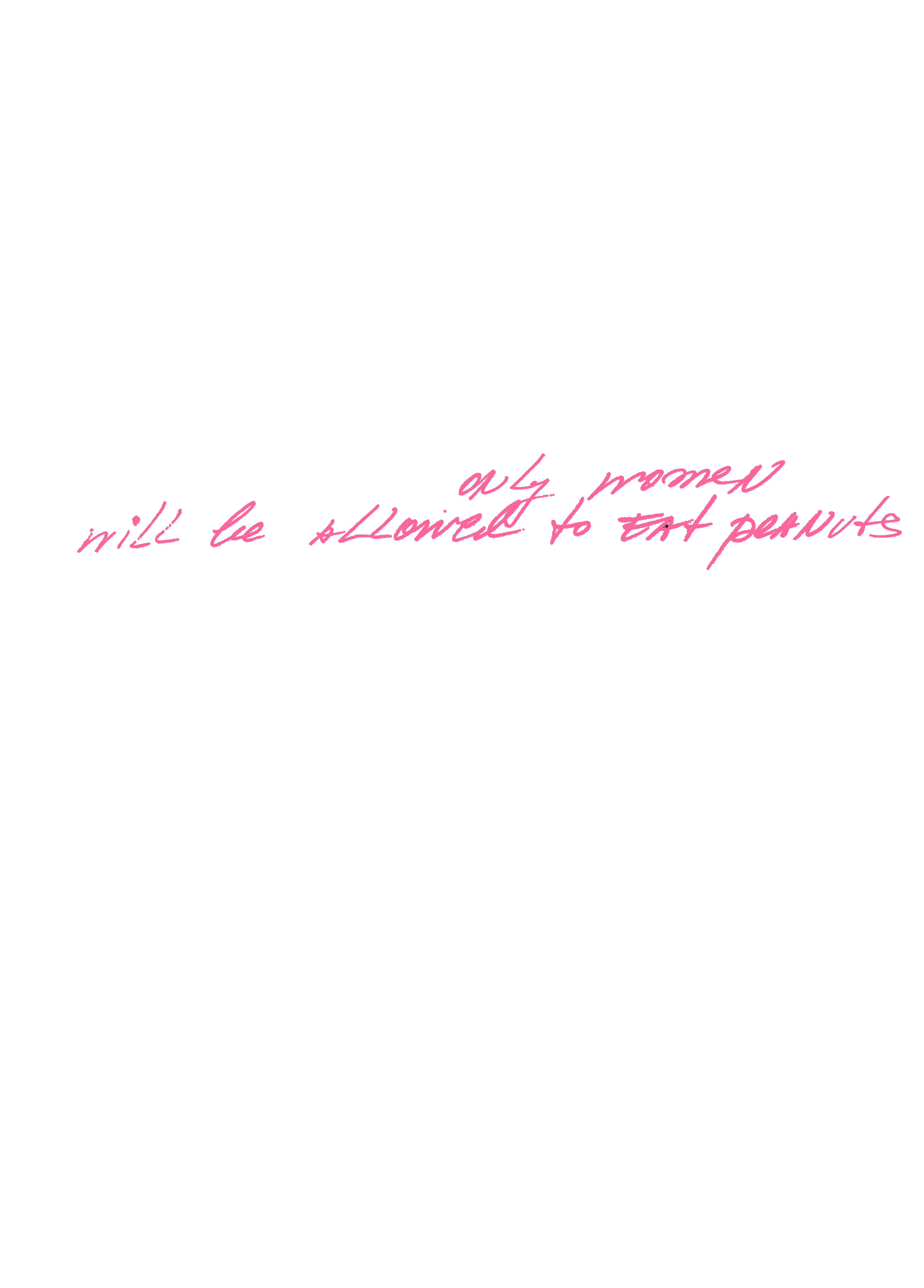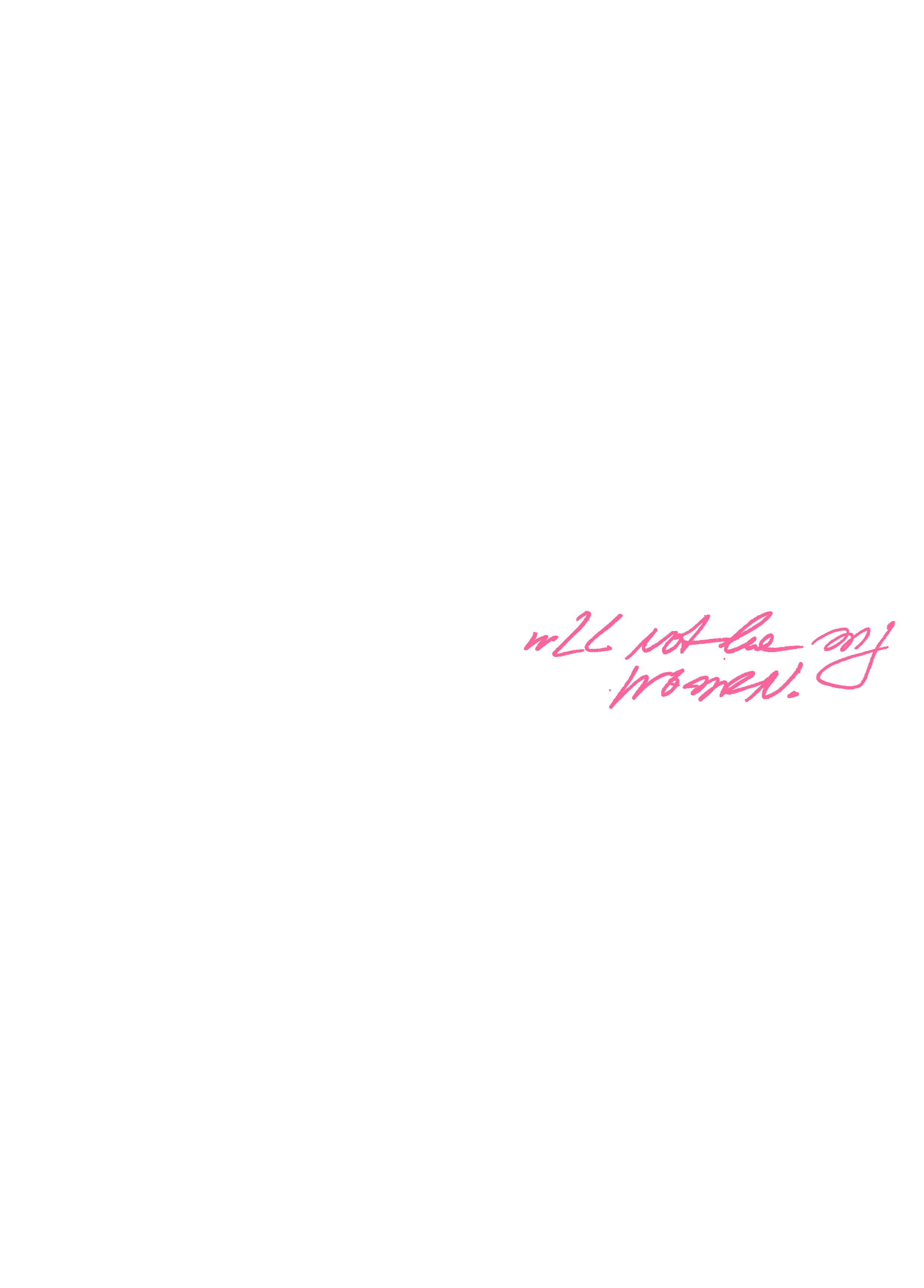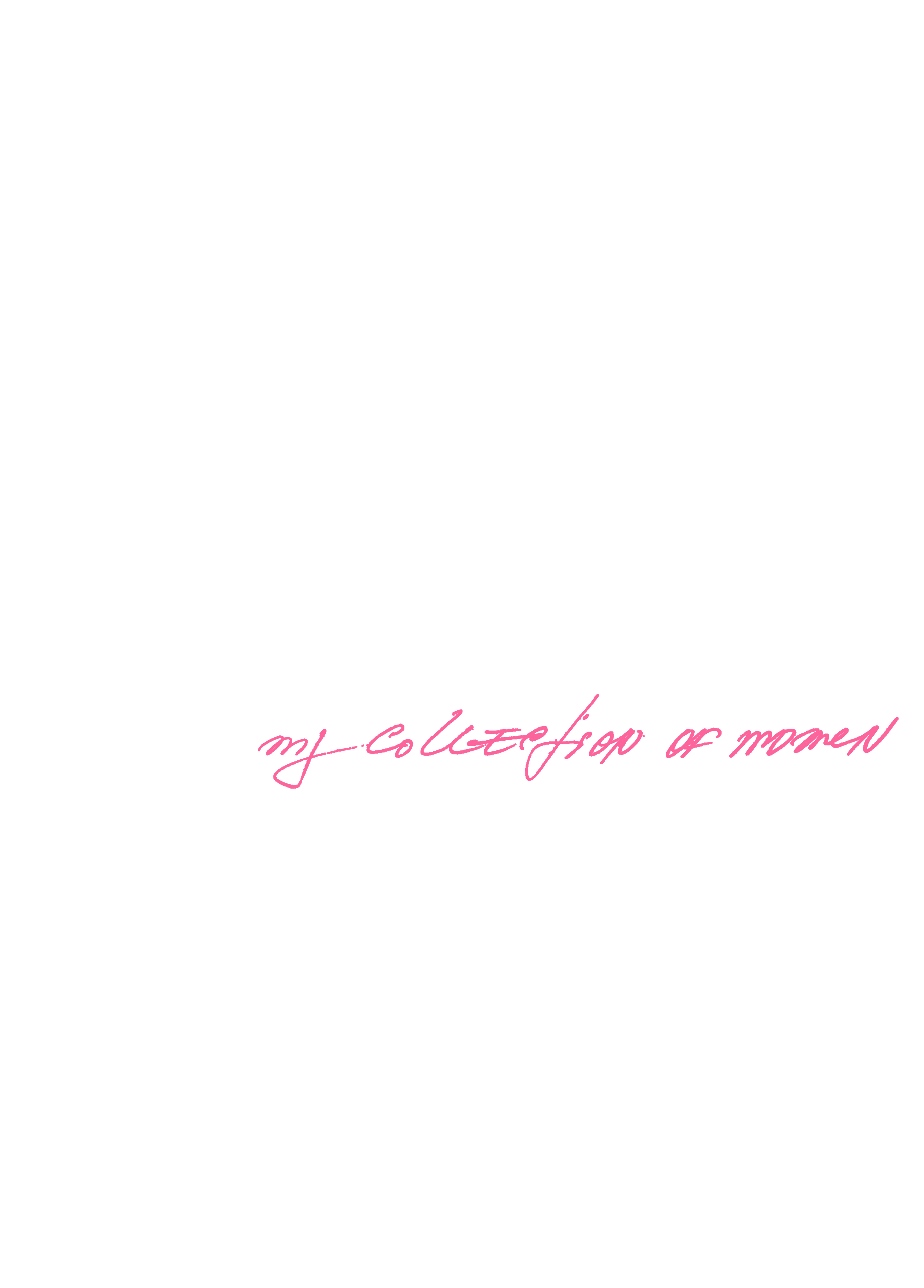In the Name of the Rose
1………………….Roses
It is no coincidence that the name of the project refers to the world-famous novel by the Italian writer Umberto Eco "The Name of the Rose". The author himself says that the title arose almost by accident, but he likes the symbolic meaning of the rose, which is saturated with meaning.
Apart from complimenting the local context, this reference also points to the enigmatic nature of the text, its drama and complexity. On the other hand, the title "In the Name of the Rose" is directly related to the theme of the 59th Biennale "Milk of Dreams" by curator Cecilia Alemany. In it lies the idea of the magical world, which is constantly renewed through the prism of imagination. In this world, everyone and everything can change and transform. Alemany's promise is that the exhibition will take us on an “imaginative journey through the incarnations of the body and the definitions of humanity.” The connection between Eco's novel and the curator's sense of the limitlessness of the imagination as a terrain for journeys, dreams, and training reordering of the world is obvious.
Paraphrasing the main title of the biennale, we can say that our project could be called "The Rose of Dreams". It is certainly about both roses and dreams. But above all, a great desire for change and essential transformation is embedded in it, which in the Bulgarian context in the last 30 years seems to be getting further and further away, shrouded in mysticism, a constant struggle between good and gold, and medieval misunderstanding. As in Eco's novel, the smell of sulfur is everywhere
2…………..muscles
Mariela Gemisheva's idea is to replace sulfur with the scent of rose oil - the one considered in recent decades to be a primordial Bulgarian substance that haunts us through the imposed idea of a typical "Bulgarian souvenir". Developed during the socialist era, the emblem of the tourist industry, based on artificial rose essence, pyrographed musculature and embroidered handkerchiefs, tries to promote an "image" associated with beauty, hard work and prosperity.
Regardless of all efforts, however, the rose, in the way it is traditionally presented, is difficult to accept as a primordial Bulgarian symbol - this was also proven during the campaign conducted by BNT for the selection of a national symbol in 2008 (then the choice fell on the Madar horseman). . In general, very often there are scandals around this symbol, such as the one with the tourist logo of Bulgaria in 2013. Despite all this, the rose continues to be used as a cheap and easy way to present Bulgaria to the world. The most recent example is our pavilion at Expo 2020 in Dubai, where the image of our country is built with muskales, artificial roses and replicas of Thracian gold artefacts, and the exposition is successfully defined on social networks as a "lobby of a social hotel".
The development of the state, the winding roads that it travels in a rhythm of "one forward, two back", theft and corruption are well illustrated by the last example, where huge sums of money have been spent with zero results. It is the rose and the Thracian gold that are often used to "call the number".
The city of Kazanlak, where Mariela Gemisheva herself is from, concentrates both motifs in itself - there are most rose arrays and events related to the sacralization of the rose (it is no coincidence that the Queen Rose competition is held in Kazanlak, and the rose festival is the most attractive to Japanese tourists.), as well as many Thracian tombs (Valley of the Thracian Kings). This is undoubtedly a fantastic asset if used to build the image of the country in a modern way. The artist has repeatedly realized projects in her hometown with the idea of both reconciling the various elements and raising them to another level.
3………..queen rose
In the project "In the name of the rose" we suggest the inclusion of another, third motif, also invariably associated with Kazanlak - a weapon created in the largest enterprise for military industry, the Arsenal plant. The connection of these three positions - roses, historical heritage and weaponry - creates an extremely challenging knot through which many stories and representations are intertwined and untangled.
Mariela Gemisheva has been working on this topic since 2011. During this period, a number of objects, videos and installations were created; performances have been realized. The artist has accumulated experience, and the project itself has passed the test of time and continues to reveal its potential.
4…..museum objects
In 2011, for her Ogms drawer gallery show, she filled cartridges with a mixture of rose oil and gunpowder, creating the most murderously passionate perfume of all time in the work Guns and Roses Oil. Combining one of the main ingredients of the beauty industry with the fabrication of articles of death gives birth to this dynamite combination. The artist developed her idea in the performance of the same name from 2015, held in the emblematic "Shipkova Kashta" for the city of Kazanlak. Shells, capsules and bullets specially developed for the project have been turned into "muscles".
5…….The posh house…
In 2018, Mariela Gemisheva presented the installation "Fashionable objects in the colors of the rose" - an artistic-conceptual intervention in the thematic spaces of the Rose Oil Museum in Kazanlak, where soft pink sculptures actively "come to life" and give a new pulse to the "frozen" museum exposition.
"Secret Performance" was realized in 2019 in the Mound Tomb "Gryphons" from the 3rd - 4th centuries BC. in the valley of the Thracian rulers near Kazanlak. The openness of reality collides with the dream zone. The line between the two becomes almost invisible. From antiquity through recent history to the temptations of the present, Mariela Gemisheva creates a beautiful visual environment, imbued with many sharp comments about the world we inhabit and our own place in it.
6…………..griffins
In keeping with the specifics of the site, the exhibition "In the Name of the Rose" will include video, objects, performance and smell, all integrated into a common installation. The focus will be on the cartridges filled with rose oil and the haunting smell that will permeate the space throughout the duration of the biennale. The idea is based on the interest in the relationship between the delicate aroma of roses and the smell of gunpowder. Rose oil mixed with a certain amount of explosive transforms objects. It fills and finishes them in a different way than expected, thus changing their function. Cartridges have been "decommissioned" and turned into pleasant objects to own.
The project is dedicated to the border between beauty and violence, between life and death, between the old and the new. It has a surreal element to it, much like the world we live in. The step between the divine and the ugly is often very small.
"In the name of the rose" by Mariela Gemisheva does not contain irony in terms of popular clichés. It's more about cleansing and shaking off old stickers that have hidden true potential behind a crust of old-fashioned visions and messages. Its concept fully coincides with the motto of the organizers of the 59th Venice Biennale, expressed very precisely by the president Roberto Cicutto: "New doors to the future". The project is an attempt to direct thought in the direction of using certain symbols in a different way. With its strong metaphorical side, it deeply affects the processes of change, the struggle between good and evil, and in this sense has a universal human resonance. This is where its potential lies - starting from a specific situation, "In the Name of the Rose" examines global issues.
7……..final….( arsenal)











